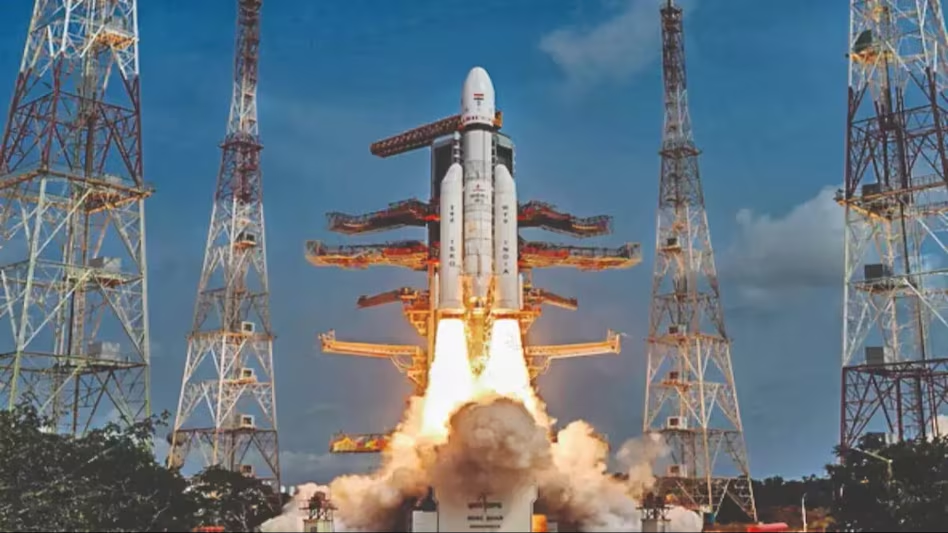India’s economic landscape is undergoing a significant transformation. With a growing middle class and rising disposable incomes, demand for commodities like metals, energy, and agricultural products is surging. This has fueled a growing interest in the commodity market, enticing both seasoned investors and curious newcomers. But before diving headfirst into this dynamic arena, it’s crucial to understand the potential rewards and inherent risks associated with commodity investments in India.
The Allure of Commodities:
Commodities possess a unique appeal for investors seeking diversification and a hedge against inflation. Unlike stocks, which represent ownership in companies, commodities are tangible assets like gold, crude oil, wheat, or cotton. Their value is primarily driven by factors like supply and demand, global economic conditions, and geopolitical events. Here’s a closer look at the potential benefits of investing in commodities from India:
- Diversification: Commodities often exhibit a low correlation with traditional asset classes like stocks and bonds. This means including them in your portfolio can help mitigate risk and smooth out overall returns. When stocks tumble, commodities might hold steady or even rise, offering a layer of protection during market downturns.
- Inflation Hedge: Commodities tend to perform well during periods of inflation. As the value of the rupee weakens, the cost of imported commodities rises, pushing up domestic prices. Investing in commodities can help your portfolio maintain its purchasing power as inflation erodes the value of your currency.
- Tangible Assets: Unlike some financial instruments, commodities represent real, physical goods. This tangibility can be reassuring to some investors, particularly during periods of economic uncertainty when traditional investments might seem volatile.
- Multiple Investment Options: Indian investors have access to various ways to participate in the commodity market. They can invest directly in physical commodities like gold bars or choose indirect methods like futures contracts, options, and Exchange Traded Funds (ETFs) that track commodity indices.
The Flip Side of the Coin:
While the potential benefits of commodity investing are enticing, it’s vital to acknowledge the drawbacks associated with this market:
- High Volatility: Commodity prices are notoriously volatile, susceptible to sudden swings based on a multitude of factors. This volatility can be nerve-wracking for investors with a low risk tolerance, leading to significant losses if market movements go against their positions.
- Limited Control: Investors have minimal control over factors influencing commodity prices. Unlike stocks, where company performance can be somewhat influenced, external forces largely dictate commodity values. This lack of control can be a significant deterrent for some investors.
- Expert Knowledge Required: Understanding the complex dynamics of the commodity market requires substantial research and knowledge. Factors like weather patterns, geopolitical tensions, and government policies can significantly impact prices. Without a firm grasp of these influences, successful commodity investing can be challenging.
- Leverage Risks: Many commodity investments, particularly futures contracts, involve leverage. This allows investors to control a larger position with a smaller initial investment. While leverage can amplify potential gains, it can also magnify losses if the market moves against your position.
Investing in Commodities the Indian Way:
Indian investors have several avenues to participate in the commodity market. Here’s a breakdown of the most common methods:
- Physical Commodities: This involves directly buying and storing physical commodities like gold, silver, or agricultural products. While offering tangible ownership, this method requires secure storage facilities and can incur additional costs like insurance and maintenance.
- Commodity Futures Contracts: These contracts represent an agreement to buy or sell a specific commodity at a predetermined price on a future date. Futures contracts allow investors to speculate on price movements and potentially profit from them. However, leverage associated with futures contracts can lead to substantial losses if not managed carefully.
- Commodity Options: These contracts provide the right, but not the obligation, to buy or sell a commodity at a certain price by a specific date. Options offer a degree of flexibility compared to futures but still involve upfront costs (premiums) and carry the risk of losing the entire premium if the option expires unexercised.
- Commodity ETFs: Exchange Traded Funds are baskets of securities that track a specific commodity index. Investing in a commodity ETF allows you to participate in the performance of a broader commodity market without the complexities of managing individual contracts.
Navigating the Maze:
Before venturing into commodity investments, Indian investors should take the following steps:
- Assess Your Risk Tolerance: Commodity markets are inherently volatile. It’s crucial to honestly evaluate your risk appetite before investing. If significant price fluctuations cause you undue stress, commodity investments might not be suitable for you.
- Conduct Thorough Research: Understanding the dynamics of the specific commodity you’re interested in is essential. Research factors like historical price movements, supply and demand trends, and potential geopolitical influences.
- Start Small: Begin with a small investment to gain
experience in the commodity market before committing larger sums. This allows you to test your comfort level with volatility and refine your investment strategy.
- Seek Professional Guidance: Consider consulting a financial advisor with expertise in commodity markets. Their insights and experience can be invaluable in navigating the complexities of this asset class.
- Choose the Right Investment Vehicle: Each investment method (physical commodities, futures, options, ETFs) has its own advantages and disadvantages. Evaluate your risk tolerance, investment goals, and level of involvement desired before selecting the most suitable vehicle.
The Takeaway:
The Indian commodity market offers exciting opportunities for investors seeking diversification and a hedge against inflation. However, it’s not without its risks. Understanding the inherent volatility, the complexities involved, and the various investment options available is crucial for making informed investment decisions. By carefully assessing your risk tolerance, conducting thorough research, and potentially seeking professional guidance, Indian investors can navigate the commodity market and potentially reap its rewards while mitigating the associated risks. Remember, successful commodity investing requires a long-term perspective, a disciplined approach, and a willingness to weather market fluctuations. With these elements in place, the Indian commodity market can be a valuable addition to a well-diversified investment portfolio.






